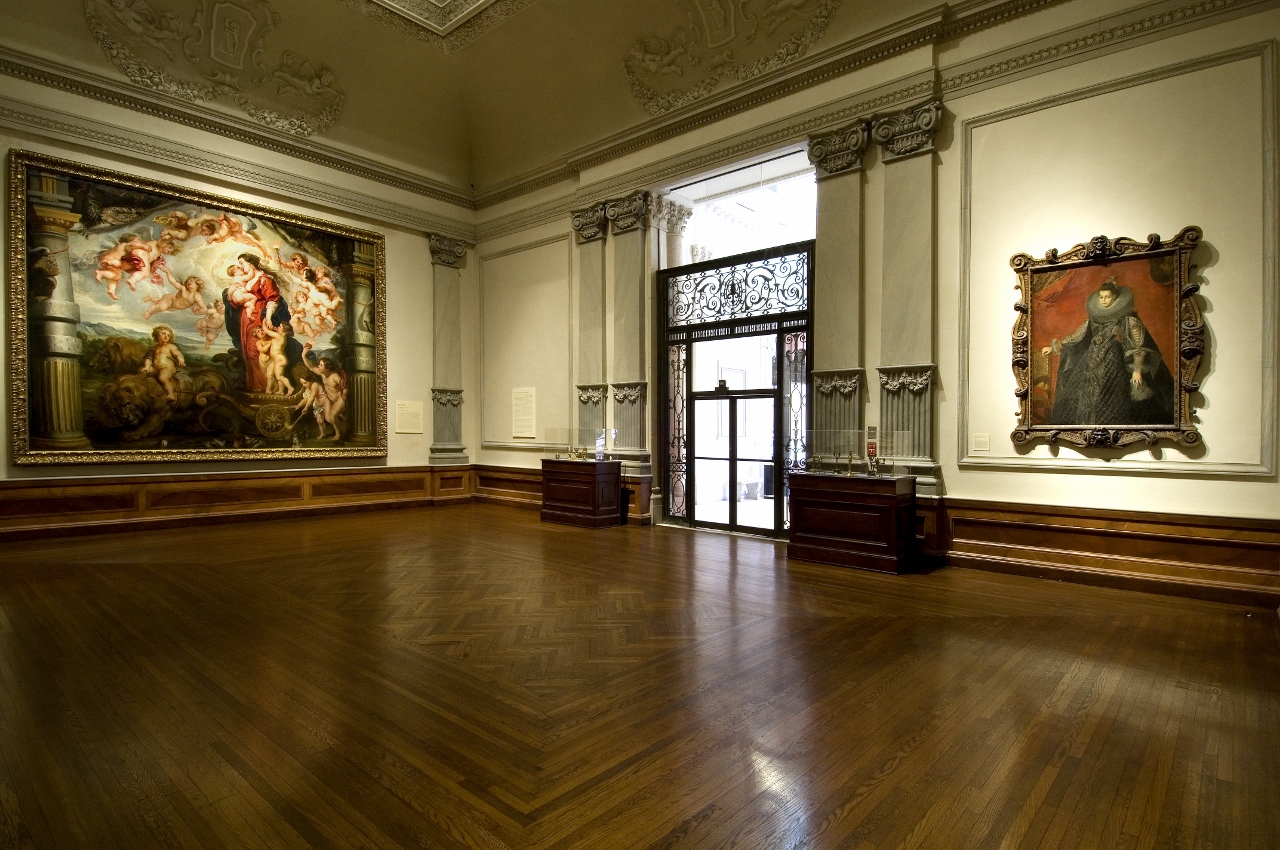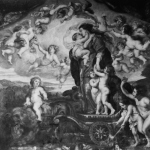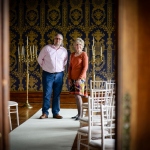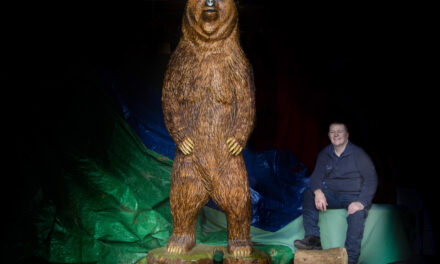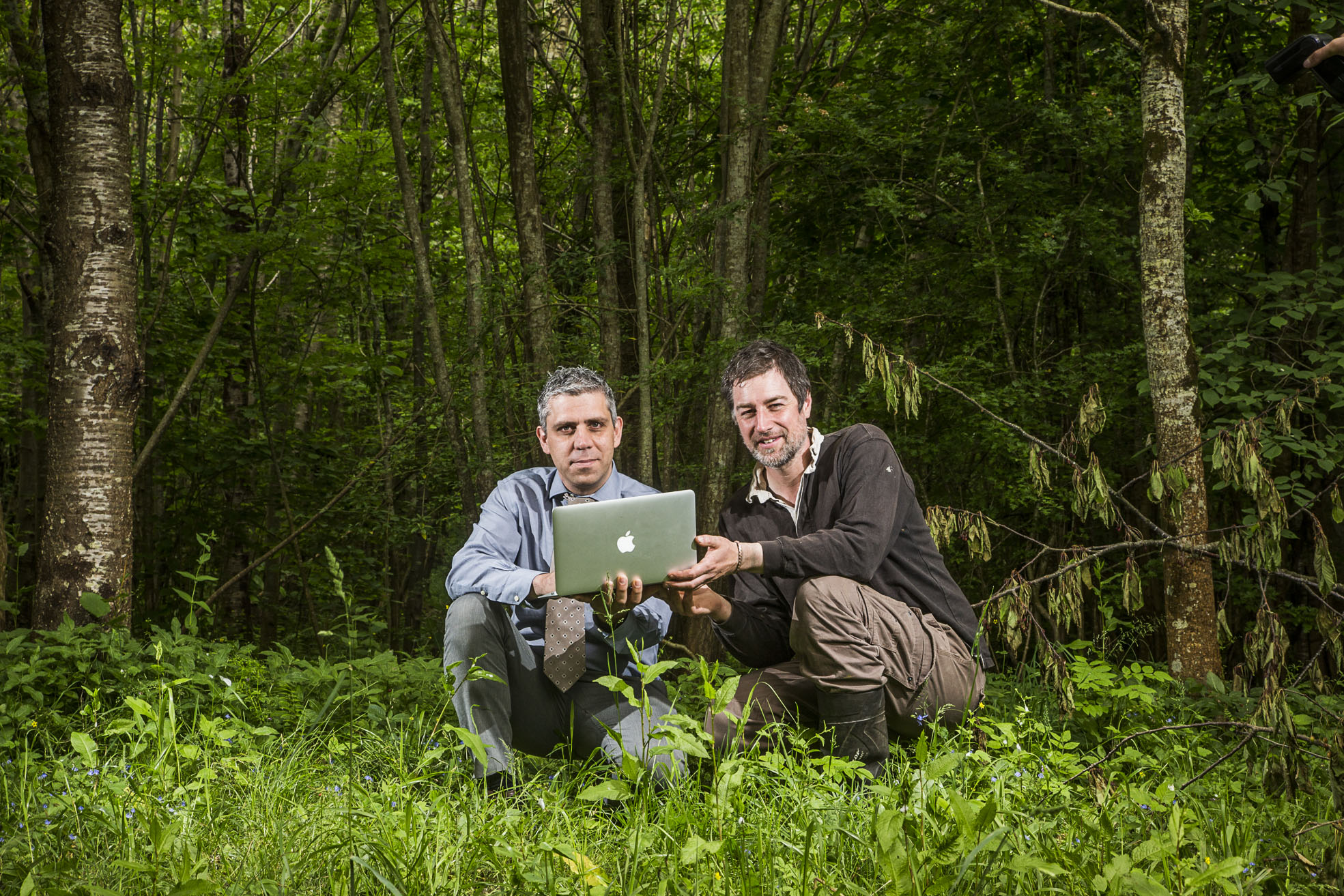THE mystery of a missing masterpiece at a Downton Abbey-style historic hall has been solved…and turns out it’s a real Rubens potentially worth millions of pounds.
The giant oil painting by the 17th century Flemish master that’s entitled Triumph of Divine Love once adorned an entire wall in one of the grand first floor rooms at Soughton Hall, near Northop, Flintshire.
It was originally created as part of a commission for Infanta Isabella Clara Eugenia, the daughter of King Philip II of Spain in 1625. It is now one of the prized exhibits at The John and Mable Ringling Museum of Art in Sarasota, Florida, – the US state’s official art museum which is part of a wider centre for the arts, history, performance and learning.
Experts revealed it would be hard to put an accurate value on the painting but another Rubens painting recently reached a record breaking price at Christie’s, the 250-year-old auction house in London which handled the sale.
The much smaller masterpiece, Lot and His Daughters, sold for almost £45m last summer – the highest price ever achieved for an Old Master painting at Christie’s.
James Ramsbottom, owner of Soughton Hall that’s now one of the region’s top wedding venues, said: “What a fairy tale ending to our search for this beautiful painting. I am amazed at what has been uncovered.
“To find out it is a real Rubens painting has been a very special discovery and to know it has found a treasured home, all the way over in Florida, where it is on show for so many people to enjoy is mind blowing and fantastic all at the same time.”
Sarah Cartwright, Ulla R. Searing Curator of Collections at The Ringling, which receives around 425,000 visitors a year, said: “It’s been terrific to connect up with Soughton Hall and learn more about the grand home where this painting once was. It’s wonderful to hear that the building is still being cared for and is an important part of the community.
“It’s always helpful for us to have more information about where the painting was and its provenance. It’s fascinating to get an idea of what paintings looked like in their former homes, how they were viewed and received, and finding out more about Soughton Hall gives us valuable information for when we are compiling catalogues and disseminating information about the work.
“It adds to the human story and how this painting meant something to many generations and continues to mean something in its current situation in Sarasota.
“This particular painting is the first thing that people see when they come to our museum. It kind of has all those things you want to see in a Rubens painting. It has great movement and dynamism and it’s an easy painting to love.
“It leaves a real impression on the people who visit here. They walk into our first gallery and there is this beautiful, enormous and overwhelming painting which is larger than life.
“It’s very hard to put a value on the painting. Given its size, this is not the sort of painting you are going to have in your house unless you live on a large country estate.”
The painting’s previous existence at Soughton Hall came to light when Sheri Bankes, the Californian-born wife of the late Nicholas Bankes, whose family owned Soughton Hall for more than 200 years, came for afternoon tea with James Ramsbottom, managing director of Elle R Leisure.
The family firm took over the Grade II* listed luxury wedding and events venue, in February 2016, and the team have since spent more than £300,000 refurbishing it.
As a talented professional photographer, Sheri made her own image-based record of the hall when it was a much-loved family home. She responded to an appeal made by James for people to come forward with photos, artefacts and treasured memories of Soughton Hall so he could find out more about the fascinating history of the building.
James said: “I am very thankful to Sheri for originally sharing what she knew about Soughton Hall with us and without her brilliant photographic record, we would never have embarked on this fascinating search.
“When we bought Soughton Hall, I always knew it was an incredibly special place and that we would need to take our role as its custodians very seriously. Being able to uncover these sorts of stories make you realise just how significant it is to the region and it is has been wonderful to work on preserving its history, as well as the fabric of the building.”
Armed with Sheri’s photo and memories, James launched a second press appeal to find out where the painting might be, which many believed may only have been ‘School of Rubens’ rather than the real thing.
The resulting publicity caught the attention of Brecht Vanoppen, Junior Editor at the Rubenianum, a research institute for Flemish art of the 16th and 17th centuries in Antwerp, Belgium, which specialises in Rubens and his work.
In an email to Soughton Hall, which was built in 1714, he explained the painting, a real Rubens masterpiece, was now housed at The Ringling Museum and was related to a collection of Eucharist tapestries in Madrid.
James said: “You can imagine our delight when we found the painting on the museum website and under its provenance and list of former owners the name W.J. Bankes.
“We never expected to find out it was the real thing and I am very grateful to Brecht for getting in touch and directing us to its current whereabouts.”
Sheri was also delighted when news came through about the whereabouts of the painting and said: “It is so thrilling and wonderful to learn where the painting is now and that it is indeed a real Rubens.
“Nicholas’ sister Frances commented to me that ‘little did we know we had been playing ping-pong in front of the Great Master’. To them, this wonderful painting was there and noticed but accepted as part of the furniture. It’s a wonderful story and I am delighted my photos have helped find where it is now.”
It was William John (WJ) Bankes who bought the Rubens masterpiece in around 1845. He inherited Soughton Hall in 1815 and was largely responsible for turning it into the magnificent building which visitors see today.
He travelled extensively, acquiring a lot of art work and he was passionate about getting them back to his homes in the UK which also included the former Bankes family seat of Kingston Lacy in Dorset which is now in the ownership of the National Trust. It is thought he originally intended the painting for his Kingston Lacy home and it is unclear when and by whom, it was moved to Soughton Hall.
William was friends with the great Sir Charles Barry who he commissioned to redesign Soughton Hall sometime shortly after he inherited it. Sir Charles’ iconic work includes the Houses of Parliament and Highclere Castle of Downton Abbey fame.
In a book by The Ringling Museum’s former curator, Virginia Brilliant, entitled Triumph and Taste: Peter Paul Rubens at The Ringling Museum of Art (2011), Dr Brilliant revealed more of the history behind how the painting, which William Bankes had clearly admired, had come to be.
In 1625, Infanta Isabella visited the Antwerp studios of Rubens who was her court painter and advisor. It was during this visit that she commissioned 20 tapestries to be sent to the Convent of the Descalzas Reales of Madrid, which held a special place in her heart.
Dr Brilliant says in her book: “Founded in 1556 by Isabella’s aunt, the Infanta Juana, the convent was also the burial place of her mother, Elizabeth of Valois, and the permanent residence of a number of female relatives.”
It is believed that Isabella hoped to retire there and Dr Brilliant suggests that the Rubens commissioned tapestries ‘might have been conceived in part as a sort of preemptive dowry for this retirement.’
The large, lavish and valuable gifts were designed to embellish the convent during feast days associated with the Eucharist and they remain on display at the convent to this day.
It is suggested that Rubens went on to paint copies of all the tapestries as oil paintings. The Triumph of Divine Love is one of only seven which have survived and one of five which are now owned and displayed at The Ringling.
For more information about Soughton Hall, go to www.soughtonhall.co.uk Facebook is @soughtonhall or twitter @SoughtonHall
For more information about The Ringling go to www.ringling.org

